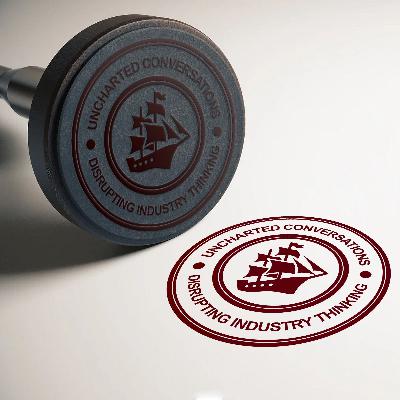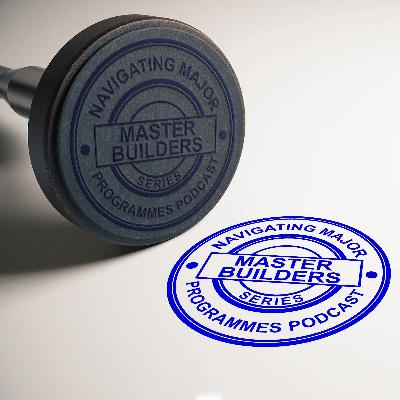Public–Private Partnerships Part 1: The Evolution of P3 in Canada
Description
Public–private partnerships (P3s) have long been used as a tool for delivering complex infrastructure projects in Canada, but the landscape is changing. In this episode, Riccardo and his panel of experts explore how P3s have evolved and what that means for today’s projects, funding models, and risk-sharing dynamics.
In this two-part series, Emily Moore (University of Toronto), Pouya Zangeneh (University of Calgary), and Rob Pattison (Rob Pattison Consulting) bring industry, academic, and legal perspectives to the conversation. Together, they unpack how shifting risk appetites, funding structures, and partner roles are reshaping both the potential and the challenges of using P3s.
From the financial nuances of availability versus revenue deals to the often-overlooked behavioural impacts of changing equity stakes, this discussion offers timely insights for anyone curious about what makes these partnerships succeed or fail.
Key Takeaways
- How project decisions, such as the approach to liquidated damages, change based on whether a project is privately or publicly funded.
- The various dynamics and incentives in revenue deals and availability deals.
- How equity plays into the outcomes of P3 projects, both beneficially and detrimentally.
- How misaligned motivations, externally or internally, can complicate or even derail a project.
- The history and practice of honourariums and bid fees during project bidding.
Quote
“Any contractor that they're going to hire is completely independent. They're a third party. And so if to protect your equity as the owner and if to protect the business, you've got to bankrupt your contractor, well, you know, you won't have qualms about that. I mean, other than as a sort of human being walking around on this planet. But from a financial perspective, you won't have any qualms about that because your only relationship is that contract and you've got securities and you've got this and that and you've got the other thing. And the interesting thing in a P3 is if everybody in that family has their own P and L and if they take it to the logical extension, and Ricardo, you'll correct me, but if you're a public company, every officer of that company who's got a P and L has a fiduciary duty to deliver for the public company. And well, my responsibility is my P and L. And if protecting my P and L means bankrupting another division, actually that's what I got to do unless the board wants to overrule me.” - Rob Pattison
The conversation doesn’t stop here—connect and converse with our community via LinkedIn:
- Follow Navigating Major Programmes
- Follow Riccardo Cosentino
- Read Riccardo’s latest at www.riccardocosentino.com
- Follow Emily Moore
- Follow Pouya Zangeneh
- Follow Robert Pattison
Music: "A New Tomorrow" by Chordial Music. Licensed through PremiumBeat.







